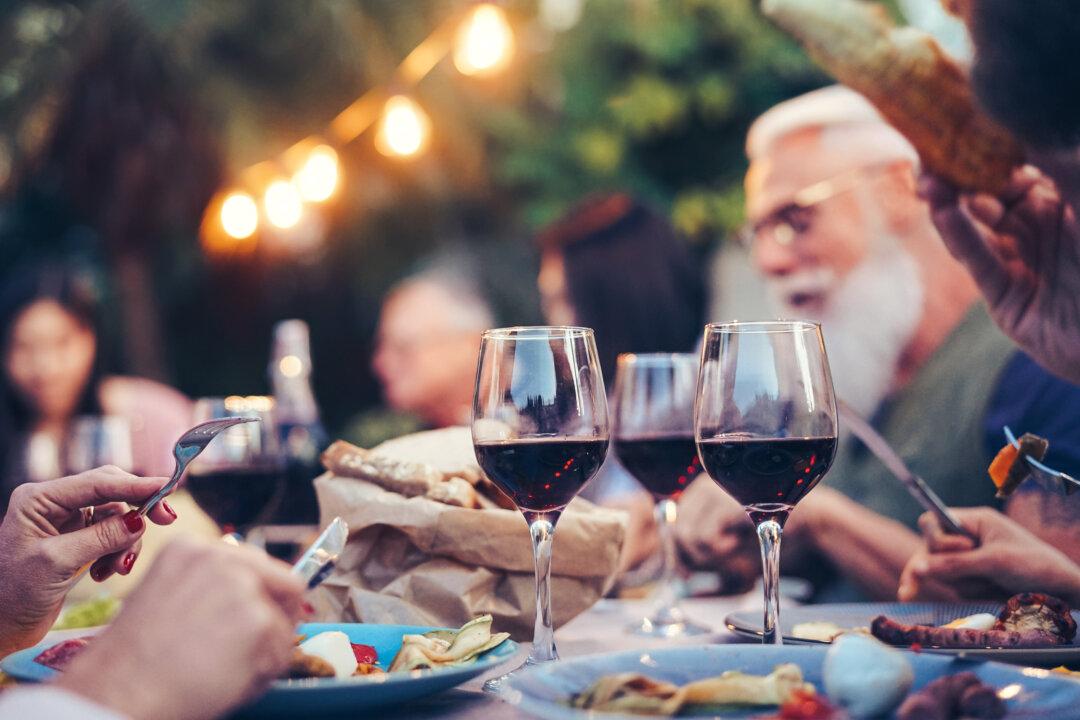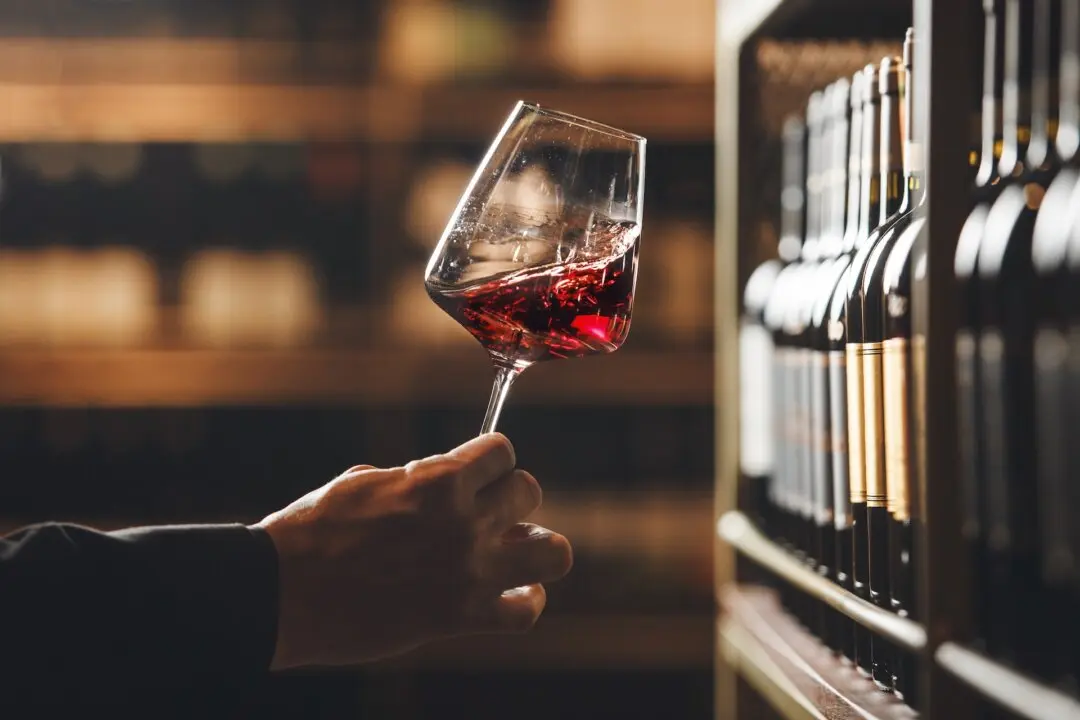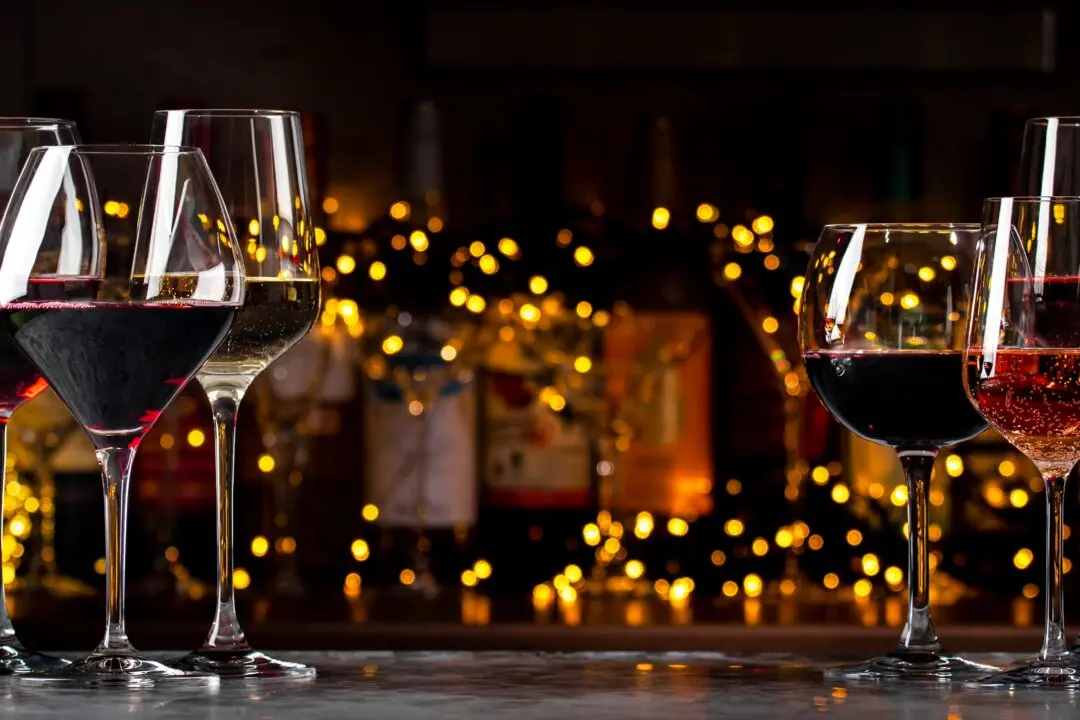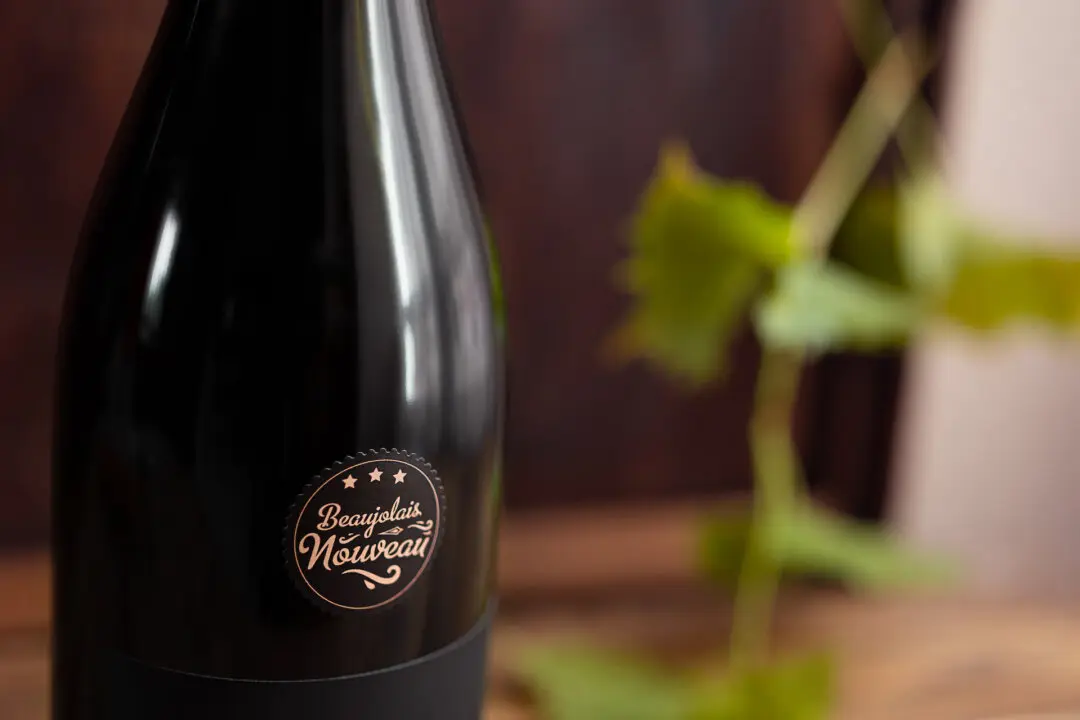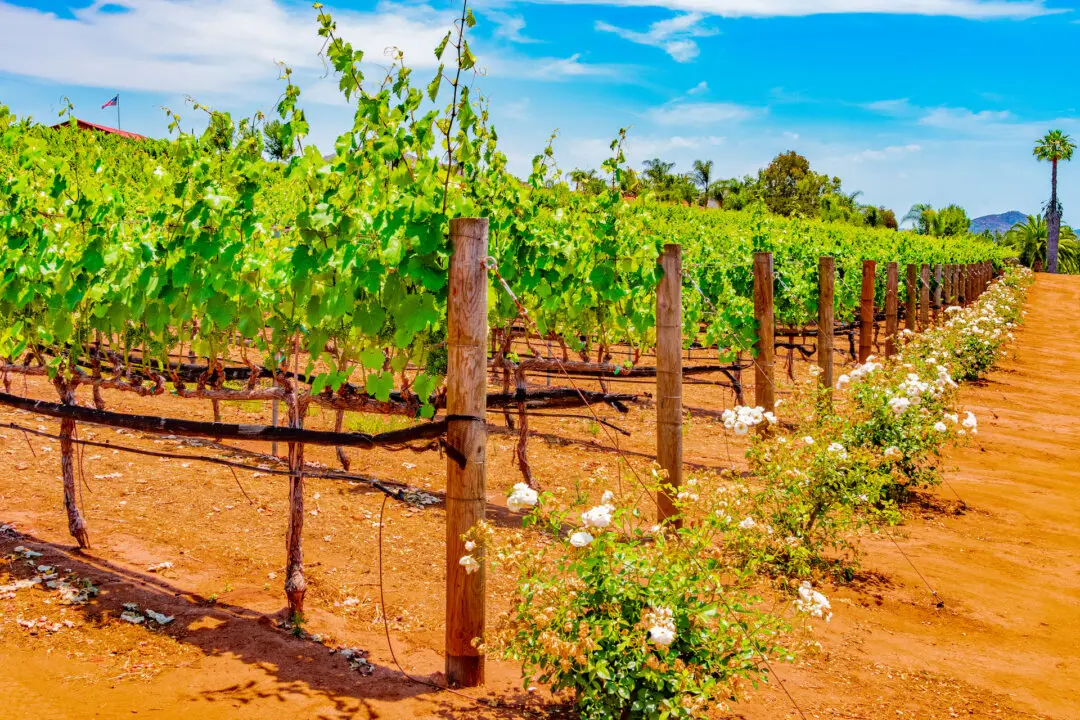Dining outside can be a treat, but it has a way of affecting how we enjoy our meals, which includes wine—which I consider to be an extra course in the meal.
In the waning days of summer, many people take to patios and other alfresco venues, which is one way to avoid turning on air conditioning and escape the confines of hot home environments.

